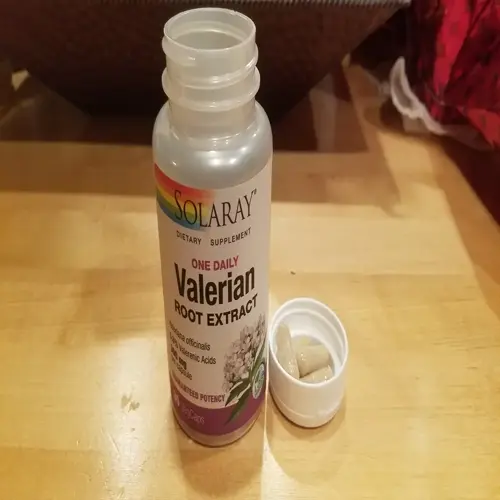Is swimming ability required for aquatic therapy?

Written by
Leilani Ibeh
Reviewed by
Prof. Benjamin Murphy, Ph.D.Aquatic therapy is a type of therapy that does not involve swimming. Your therapist will design your sessions to be appropriate for a non-swimmer, utilizing various techniques and equipment. You will remain standing in shallow water during the exercises. Various supportive devices will be used to ensure your safety and comfort during your rehabilitation program.
Shallow Water Exercises
- Conducted in waist to chest depth water
- Participants maintain constant footing
- Therapists adjust depth based on comfort level
Supportive Equipment
- Flotation belts provide stability in deeper areas
- Parallel bars offer hand support during movements
- Aquatic benches allow seated exercises
Anxiety Reduction Methods
- Gradual water exposure builds confidence
- Controlled breathing techniques minimize panic
- Therapist guidance throughout each movement
Adapted Movements
- Standing exercises improve balance safely
- Water walking builds strength without swimming
- Resistance training using aquatic tools
Sessions begin at a depth of water you can stand in with a sense of safety. Support equipment is introduced as confidence increases. Belts hold the subjects upright and negate swimming action. Parallel bars provide a handhold if balance becomes a problem; each endeavor is compared to the individual's comfort level.
The predictability of routines alleviates a fear of water. The therapists describe each exercise before you enter the pool. You can direct the pace of progress through water to its greater depths. A gentle introduction helps develop trust in the watery environment. Many overcome fear in several sessions.
Therapeutic benefits can be accessed without needing to know how to swim. Buoyancy of water alleviates stress on the joints while standing in shallow water. Hydrostatic pressure improves circulation even if you are not submerged in water. Resistance to motion creates strength and stability even with limited movement. Water is an effective modality for rehabilitation.
Children and the elderly, in particular, benefit from the non-swimmer strategy. The pediatric sessions include play-based standing activities. Older adults can improve their balance safely with the help of support rails. Everybody progresses within their capacity at their own pace. Water welcomes all abilities equally.
Read the full article: Understanding Aquatic Therapy Benefits

